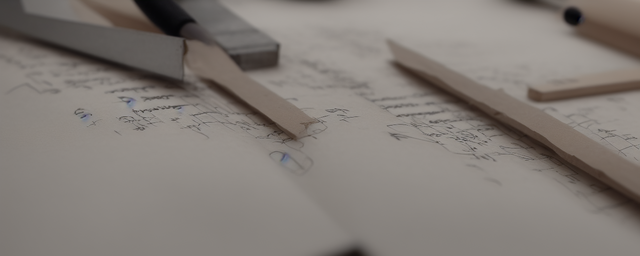
证明材料说明怎么写
原|2024-04-27 08:20:49|浏览:97
To write a proof of materials document, follow these steps:
1. Title: Start by giving your document a clear and descriptive title that indicates what the document is about.
2. Introduction: Provide a brief introduction to the document, explaining the purpose and scope of the proof of materials.
3. List of Materials: Create a detailed list of all the materials that are being referenced or included in the document. This can include documents, reports, data, images, samples, etc.
4. Description of Materials: For each item listed, provide a brief description of the material, including its source, relevance, and any other pertinent information.
5. Methodology: Explain how the materials were collected, analyzed, and used in the document. Describe any procedures or techniques that were employed in gathering the materials.
6. Results: Present the findings or results obtained from the analysis of the materials. This could include data, statistics, observations, or any other relevant information.
7. Conclusion: Summarize the key points and conclusions drawn from the materials presented in the document. Discuss any implications or recommendations based on the findings.
8. References: Include a list of all the references cited in the document, following a consistent citation style (e.g., APA, MLA).
9. Appendices: If necessary, include any supplementary information or additional materials in the appendices section.
10. Review and Edit: Finally, review the document for accuracy, clarity, and coherence. Make any necessary edits or revisions before finalizing the proof of materials document.
Remember to maintain a professional tone and format throughout the document, and ensure that all information is presented clearly and logically.
猜你喜欢
- 茶的分类及代表品种
- 六大茶类的代表名茶分别有
- 茶的类型和代表
- 六大茶叶的分类及产地
- 庙的分类及代表
- 藻的分类及其代表
- 茶的分类及代表茶品特点
- 茶的分类及代表茶
- 简述茶类的分类及其代表性名茶
- 六大茶类的分类及代表茶
- 动物分类及代表
- 糖的分类及代表
- 茶的分类及代表茶叶
- 茶的分类及代表图
- 茶的分类及代表作
- 茶器按质地的分类及代表茶器
- 茶的分类及代表名茶教学设计
- 简述茶的分类及代表性名茶
- 请写出乌龙茶的分类及代表茶
- 法国雅文邑白兰地系列
- 雅文邑白兰地介绍
- 1952年法国雅文邑白兰地
- 法国雅玛邑白兰地
- 纽波利顿獒
- 法国犬品种
- 南非獒犬的优缺点
- 波尔多獒犬寿命
- 波兰狩猎犬
- 波尔多犬和罗威纳犬对比
- 波尔多犬和杜高对比
- 世界十大凶犬
- 护卫犬排行榜前十名
- 大红袍怎么泡效果好
- 大红袍怎么泡不开
- 大红袍怎么泡茶
- 大红袍怎么泡出来没颜色
- 大红袍怎么泡不苦
- 大红袍怎么泡多久
- 大红袍怎么泡才正确的特点
- 大红袍怎么泡没有柴味儿
- 大红袍怎么泡放多少合适
- 花香大红袍怎么泡
- 大红袍怎么泡茶好
- 大红袍是怎么泡的
- 大红袍怎么泡水好喝
- 大红袍用玻璃杯怎么泡
- 大红袍怎么泡味道浓一些
- 十大排名果花茶
- 十大花茶组合排名
- 十大花茶品种大全
- 十大花茶功效
- 十大花茶销量排行榜
- 十大花茶有哪些
- 十大花茶品种
- 十大花茶推荐
- 十大花卉排行榜
- 十大花卉
- 十大花茶调理内分泌
- 九五至尊秦昊明月关山
- 红茶冲泡工艺
为你推荐






































































